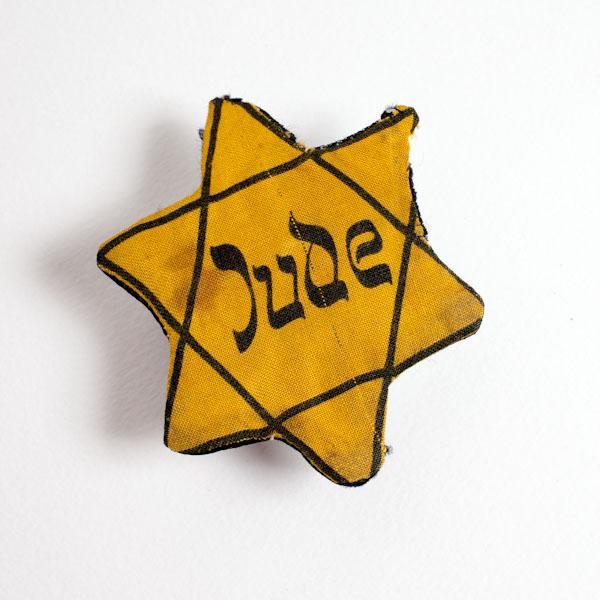
JoM Holocaust | Introduction
They say that architecture is frozen music. The Holocaust section of the Jewish Online Museum is not intended to be a mournful song. But neither is it about the sound of silence. Visit the articles, listen to the interviews and read the biographies of some of those Jewish New Zealanders who have suffered and lived to tell their stories.
The stunning singularity of the Holocaust, its difference in kind from any other collective human experience, was the savagery of its attention to Jews—the six million who perished as a direct consequence, but millions of others whose lives were also directly scarred, displaced or deprived, as part of the Nazi drive to rid the world not only of Jewry but all things non-Aryan.
Far-flung New Zealand is about as distant as one can geographically get from the European death camps. So it’s sometimes easy for us to forget or to think of it as another world. Not only for the obvious reasons of space and time, but because many of the survivors who did make it to our shores went on to seamlessly fit with the local culture.
Yet to neglect the origins of these New Zealanders would be to betray the context their life stories, snapshots of which we have attempted here to preserve and present.
Something else. Holocaust deniers, thankfully, are relatively few in civilised circles, and probably fewer still in New Zealand than almost anywhere else. But if their “arguments” are dismissed, rightly, as cynically racist or pathologically deranged, that’s not to say that the echoes of what’s being put forward aren’t playing out in some corners of the online world that this museum also inhabits.
One sees it, alas, in revisionist websites, in cheap analyses of conflicts of the Middle East. Perhaps most dangerously of all, though, we also see it in a popular culture blighted with an ever-diminishing attention span to history.
This section includes, as well as valuable information and personality, a look at the dilemmas that people faced at the time of the genocide. Its stories are taken from a variety of sources, including direct interviews, interviews conducted by the Auckland Oral History Group, the Worldupsidedown website, Freya Klier’s Promised New Zealand and Mixed Blessings (edited by Debbie Knowles).
Image header (above): Jude Star, Bob Narev's family star with the word 'Jew'. To be worn in the street by all Jews in Nazi occupied Euorpe, lined by Bob Narev's grandmother Emma, to prevent the star fraying. Worn also in Theresienstadt. Photography by Stephen Robinson. © JoM

